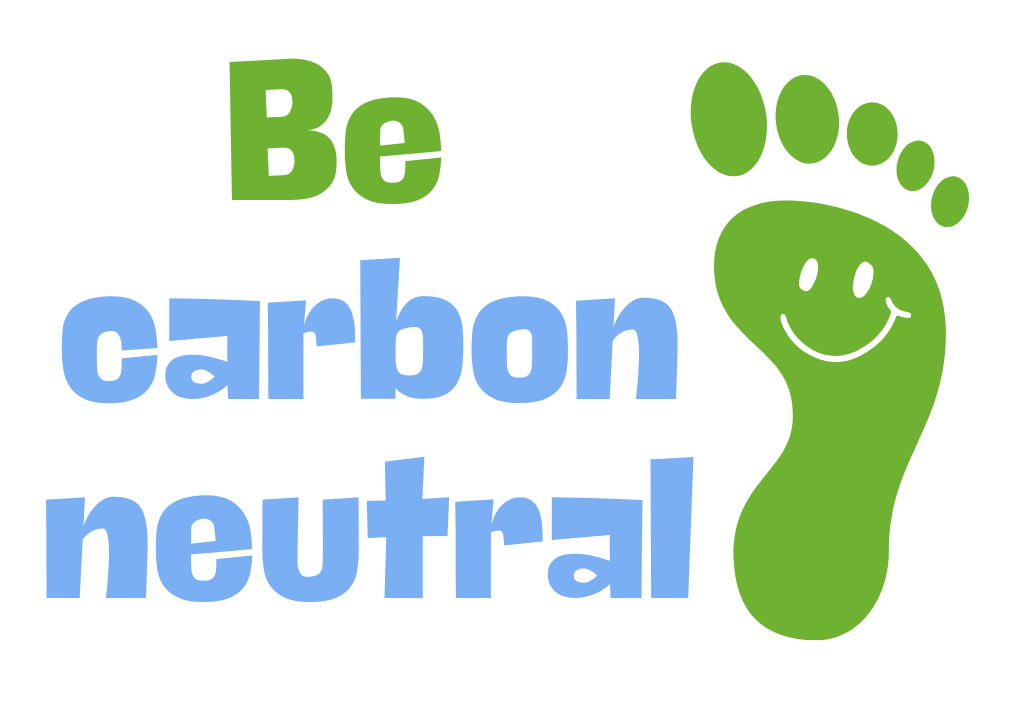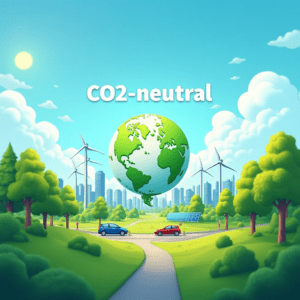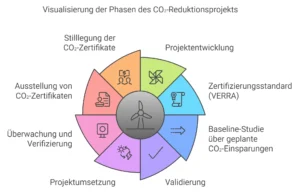The CO₂ balance provides information about how much carbon dioxide (CO₂) a specific activity, person, organization, or product emits in total. It serves as an important indicator in climate protection to measure the amount of greenhouse gases emitted in connection with a specific process. The CO₂ balance is crucial to understand the climate impact of activities and products and to develop targeted measures for emission reduction or compensation.
Components of the CO₂ Balance
The CO₂ balance includes all direct and indirect emissions associated with a specific system:
1. Direct Emissions: These occur directly on-site, for example, through the combustion of fossil fuels in vehicles or heating systems. Direct emissions can usually be clearly assigned to an activity or location.
2. Indirect Emissions: These occur along the value chain and include the production, transport, and disposal of goods, as well as energy consumption. An example is the CO₂ balance of a product, which covers all emissions from raw material extraction to the disposal of the product.
Calculating the CO₂ Balance
To calculate the CO₂ balance, all emission sources in a defined system are recorded and given in tons of CO₂ equivalents (CO₂e). The CO₂ balance can be calculated for different systems:
– Products: The CO₂ balance of a product includes all emissions throughout its life cycle, from raw material extraction to production, transport, and disposal or recycling.
– Companies: Companies calculate their CO₂ balance to measure their climate impact and define reduction measures. This includes both direct emissions from operations and indirect emissions from the use of products.
– Individuals: Individuals can calculate their personal CO₂ balance, considering energy consumption, diet, transportation, and consumption behavior.
Benefits and Goals of the CO₂ Balance
The CO₂ balance is an important step towards CO₂ neutrality. It allows the identification of emission sources and helps to understand where reduction measures can be most effective. By setting target values and continuously reviewing the CO₂ balance, progress in climate protection can be tracked. Companies increasingly use the CO₂ balance as a sustainability criterion and as a marketing tool to demonstrate their commitment to climate protection.
Reducing and Offsetting the CO₂ Balance
There are numerous strategies available to reduce the CO₂ balance:
– Energy Efficiency: Optimizing production processes, reducing energy consumption, and using energy-efficient technologies.
– Renewable Energy: Switching to clean energy sources such as solar and wind power.
– Compensation: When emissions cannot be avoided, they can be offset by purchasing CO₂ certificates, e.g., by supporting reforestation projects or investing in renewable energy projects.
The CO₂ balance provides companies, governments, and individuals with a reliable metric to measure their contribution to climate change and is a foundation for effective climate protection strategies.
For a comprehensive overview of the CO₂ balance, visit the Wikipedia page on the CO₂ balance.



